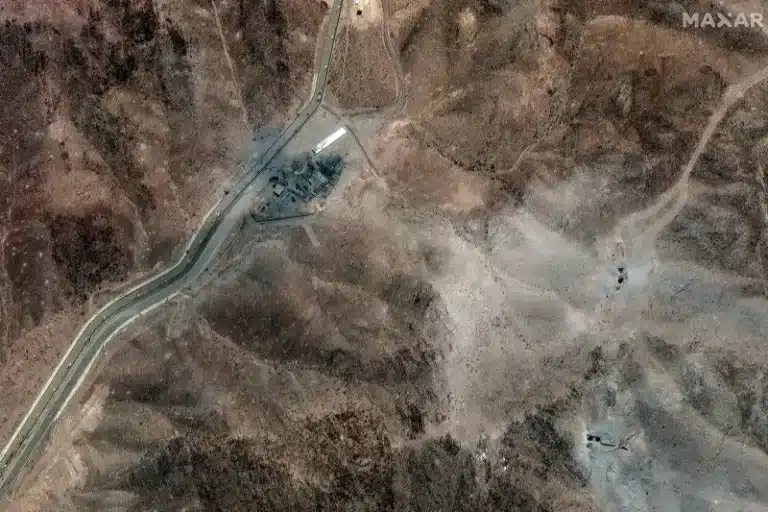US tight oil production has already helped to shave somewhere on the order of $20-$25 per barrel from Brent crude oil prices, and continued output growth has the potential to further impact global pricing, according to Energy Information Administration (EIA) Administrator Adam Sieminski. The uptick in US oil production – which rose to 6.5 million bbls/d last year, up from 5 million bbls/d in 2008, according to EIA data – has had the effect of bolstering Opec [Organization of Petroleum Exporting Countries] spare capacity, an important factor in determining global prices, Sieminski said at a Columbia University event on US Shale Gas and Pacific Gas Markets on 14 May. “Opec’s spare production capacity is a function of what demand is globally and what supply is outside of Opec, with Opec then filling in,” Sieminski said. “There’s a fairly significant, long-standing relationship between spare production capacity in Opec and what the pricing environment is for oil,” he said. “So the 2 million barrel per day increase in US oil production that surprisingly took place over the last five years has resulted in higher Opec spare capacity, and undoubtedly, has been a factor in why Brent oil prices are $103-$104/bbl rather than $125-$130/bbl.” If production growth exceeds the EIA’s current reference case forecast by a significant margin, this could potentially impact prices further. If the agency’s high resource case for liquids production were to come to fruition, the US could be a net exporter of oil sometime in the 2034-2035 timeframe, and “oil prices themselves could be a lot lower than EIA’s reference case forecast, which has prices out in the year 2040 up close to $160/bbl” , he said. Overwhelming the System Output growth also has the potential to flood the US with more light, sweet oil than it can process. Sieminski has predicted since assuming his role at the head of the EIA in June 2012 that growth in light, sweet crude production in the US would eventually overwhelm the capacity of the existing refining system, especially given the billions of dollars that refineries throughout the Gulf Coast spent on upgrades to handle heavy, sour crude. These investments were predicated on expectations that the global crude oil slate would tilt towards heavy, sour grades. But he stressed that an overwhelmed refining system does not automatically translate into crude exports from the US, which are currently restricted. Sieminski listed higher crude exports to Canada – “that occurs fairly easily under the rules” – as well as increased refined product exports to Europe and Latin America and possible future changes to the refining system as ways of dealing with rising supply levels. Short on Data But production forecasts are by nature uncertain, and there is a lack of clarity regarding the size of tight oil resources, both in the US and globally, said Sieminski. Resource estimates for gas shale plays – still subject to disparities, depending on the source of the data – have undergone large revisions as companies and geologists have come to better understand the formations in question. The same could prove true of tight oil resource estimates. Sieminski noted that operators in the US shale gas industry have five more years’ worth of experience than their tight oil counterparts, and, correspondingly, far more well data from which to generate conclusions and forecasts. “In another two to three years, we’ll probably have enough data to actually have a much better understanding of these issues.” He added that compounding uncertainty over the size of the resource base is how much of it may ultimately be developed. “The question seems to be more one of prices, technology and environmental constraints.” “Whether or not those resources can be turned into production is a more difficult question. A lot of it has to do with surface versus mineral rights, the risk appetite of the people who are in the industry, the infrastructure and technology associated with getting it out of the ground, and what environmental constraints are going to be.”






